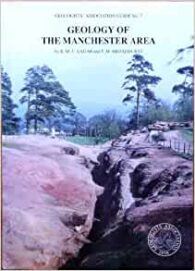Andy Gale’s update of his guide to the Isle of Wight (this is the sixth edition) is an important change to an already excellent geological guide.
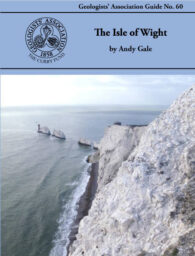

Andy Gale’s update of his guide to the Isle of Wight (this is the sixth edition) is an important change to an already excellent geological guide.

This is a lovely example of photographs used to inspire and text to explain. For many years, Dr Tony Waltham has produced a photo plus explanatory text for the back cover of the glossy magazine, Geology Today. The book represents a compilation of 110 such back covers that set out a “photographic journey” around some of the most impressive geological landscapes of the world as a result of his own travels.
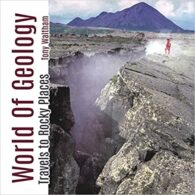
This GA guide was first published in 1995 and is a great example of the sort of guide that the association still produces – coverage of small(ish), but important areas, where the geology is both fascinating and important. This one contains general descriptions of the geology and geomorphology of this part of west Wales, with 19 separate itineraries, written by 11 experts in their fields.
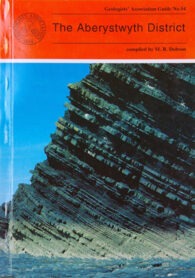
I have to admit, I was beginning to wonder where Prof Rory Mortimore’s update of his excellent Chalk of Sussex and Kent was. And now I know. It wasn’t a second edition he was working on, but this magnificent magnum opus in two volumes covering a vastly greater area than that other guide. And the wait was more than worthwhile. The thoroughness, writing quality, content and publication standards are superb.
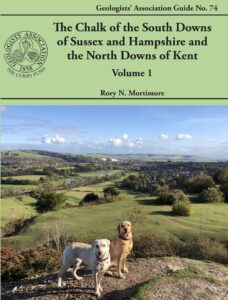
This is an interesting guide for someone like me who lives in the Southeast of England. In fact, I have commuted from London to Brighton by train, which took me through a cross-section of the Weald, which is the subject matter of this guide.
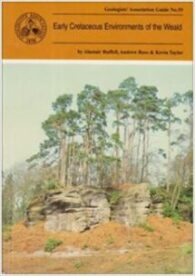
Professor Robert Diffendal Jr’s little guidebook to the Great Plains of the USA makes for a fascinating read for an Englishman like me, who has never been there (but wants to). He makes it plain that they rarely correspond to the impression most people have of them.
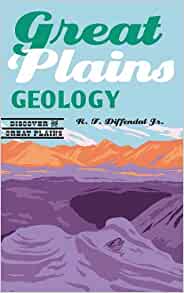
Mountains: The origins of the Earth’s mountain systems is written for readers with an interest in mountains and in developing their understanding of the geological processes that create them.
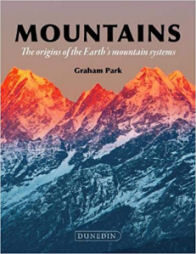
This is another of the GA’s short guides, being only 21 pages long and therefore easy to put in a cagoule pocket. Importantly, the five excursions described in the guide are centred on the city of Plymouth. Therefore, the logistics necessary to visit the itineraries should be relatively easy.
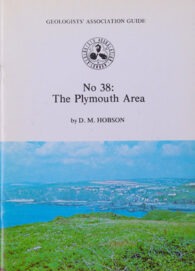
The Crowood Press are really developing a nice little series of books on the landscape and geology of select regions of the British Isles, and Tony Waltham’s addition to the series about the Peak District is well worth a read. This new one follows the same format as the others – beautiful, full colour photos and diagrams, a fascinating chapter on each of the important geological and geomorphological aspects of the area (including buildings and industry), and an author who knows his stuff and can write it down with an easy and authoritative style.
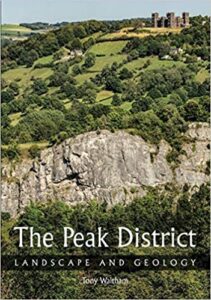
West Dorset is rightly famous for its fossils, but few people visit its wonderful, fossiliferous cliffs to look at them as landforms, rather than as an endless source of ammonites and belemnites. This guide does just that and, covers a series of itineraries in the context of landform type.
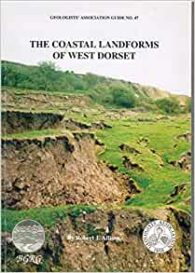
This GA guide is intended as a major guidebook to the exposures of highly significant Precambrian, Carboniferous and Permo-Triassic sediments, through to Jurassic rocks of the East Midlands. Personally, it is an area I only partly know (I know Edale in the Peak District quite well) and, for that reason, is an interesting set of locations for me.
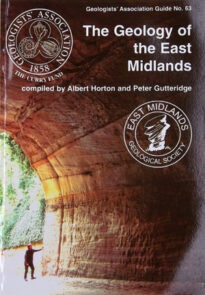
Shropshire is one of my favourite areas for both geology and fossil collecting. The Silurian of this beautiful area is fascinating and, if you can get permission to get into one of the commercial quarries (and you will need permission), then the results will be remarkable.
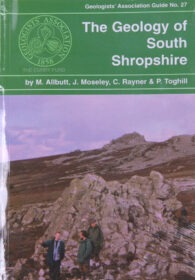
I love the Scottish Highlands and I am proud to say that I have climbed many of the mountains covered in the glossy hardback. But, as I say in the other book review on this page, it is more than a picture book. It contains some excellent and fascinating science explaining their outstanding beauty.
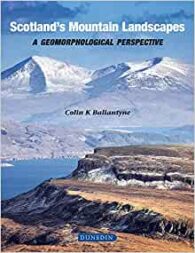
This is one of GA’s little guides to a very specific area. This one is West Cornwall, a holiday destination that I recently visited during which I spent some time looking at the geology, along with the gardens and archaeological sites.
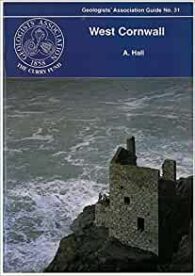
This is another lovely guide by the GA to an area that perhaps readers would not associate with good geology. But, of course, that is because of its title, because the areas like Pendle Hill and Derbyshire are wonderful, not just to visit for their geology, but also for their holiday appeal.
